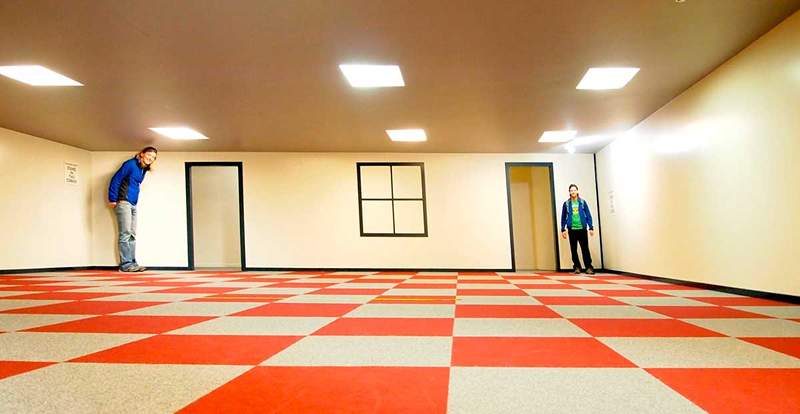The current of transactionism, everything depends on the perspective

- 3298
- 841
- Perry Hirthe
The current of transactionism is a perspective that considers that There is a transaction or dialogue between human beings and the environment.
This means that there is a much more complex mechanism than that of stimulus-response proposed by other currents. In stead of, It is assumed that there is a transaction, in which the perceptions and environmental characteristics have a great influence.
Transactionism
As a psychological current, transactionism arose in the first half of the twentieth century, however, it is considered that this perspective has been overcome by scientific psychology, although there are those who still consider it valid.
Transactionism began with the formulations of the psychologist and philosopher John Dewey, who made great contributions to the psychology of perception.
From this conception, there is a transaction in which the stimuli and the observer are involved in a mutual way, so that To define an effective or functional stimulus, it is necessary to know the previous behavior of the observer. Thus, the stimulus and behavior are within a circle of interaction that determine its definition.
In addition to Dewey, another of the thinkers who were asscribed to this current were Ames, for whom The person has an active role in their perceptual process, in which participation is mutual, creative and dynamic.
This implies that The person perceives the environment and elaborates an interpretation according to the principles that he has acquired of your environmental experience. If some type of perceptual conflict appears, which contradicts the previous experience, the person enters a "dialogue" with the environment and makes a readjustment of their environmental experience.
AMES reached the point where he wanted to test his principles and for this he dedicated himself to elaborate a diversity of perceptual experiments. In his experiments, AMES analyzed how the subject behaves in the face of a distorted perception and his incomprehensible experience.
This would bring with it the fact that when an individual is able to identify that the applied principle is not correct, that is, when he understands that what he observes cannot be possible, then Environmental experience experiences a change, Like the interaction it maintains with the environment.
To demonstrate this he built a trapezoidal room in which the observer looked through a hole. This experiment is known as AMES's room and is known as a surprising optical illusion. In that room, what happens is that one corner of the room is further from the observer than the other, but, if you look from another angle, then the room looks normal.

What can be deduced from all this?
From the room of AMES and transactionism it can be deduced that The perceptual judgments of a person are subjective. That is, the world that is perceived is a world created by each of us. At this point it could be asked how much there is real in reality.
Well, according to transactionism The world is a subjective construction through experiences, So it is also a world that reflects the needs, objectives and expectation of each.
The contributions of AMES were aimed to prove that there are assumptions that have been previously acquired and as a result a distorted perception is obtained.
In addition to Ames's room, the same author also design the well -known "AMES Window".
In conclusion, AMES's perspective was an advance of subsequent developments regarding environmental perception. Therefore, in some manuals, AMES is cataloged within probabilistic theories.
In any case, the point is that the perception of the environment includes a series of environmental options that allow the subject to "negotiate" with the environment and establish a relationship.
Bibliography
- Canter, d. (2010). Applied Psychology. PDF articles available from 1994 to 2013. As of 2014, visit us at www. Elsevier. It is/sumopsychol, 3(1), 14-24.
- Castelluccio, l. Neuroscience and optical illusions neuroscience and optical illusions.
- Ortega, l. TO. (2007). Gilbert Gottlieb (1929-2006). Latin American Magazine of Psychology, 39(1), 183-186.
- Puell Marín, M. C. (2019). Organization and illusions of perception
- Image: Flickr https: // www.Flickr.com/search/?Text = AMES%20ROOM

